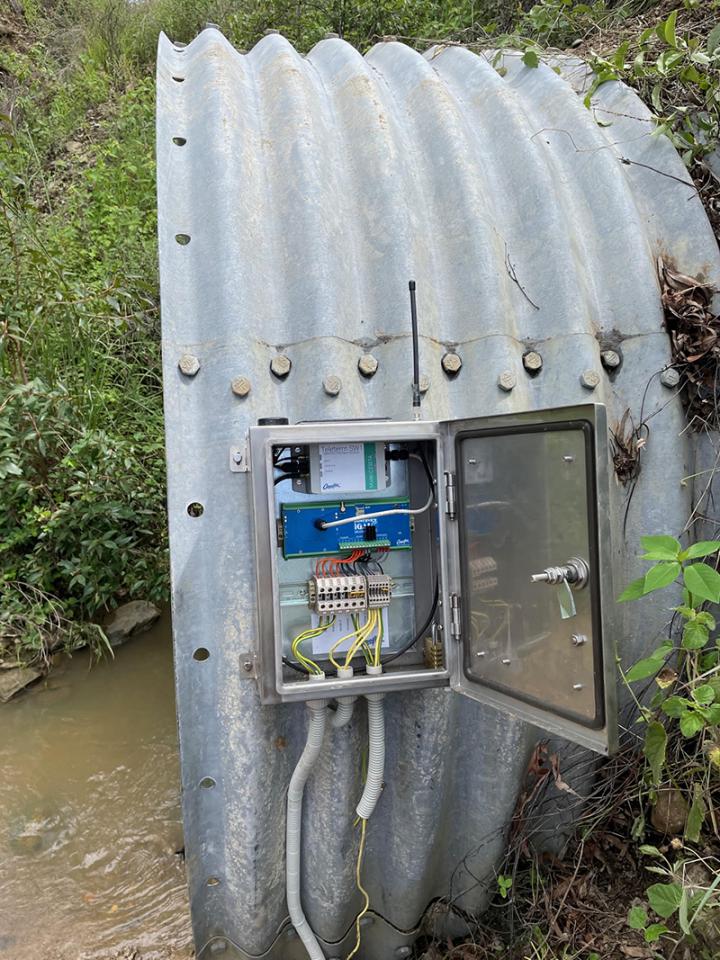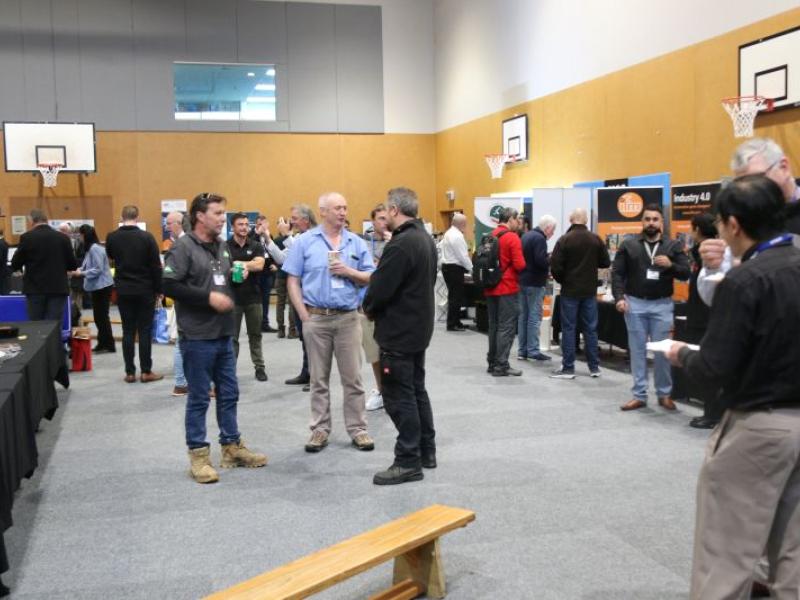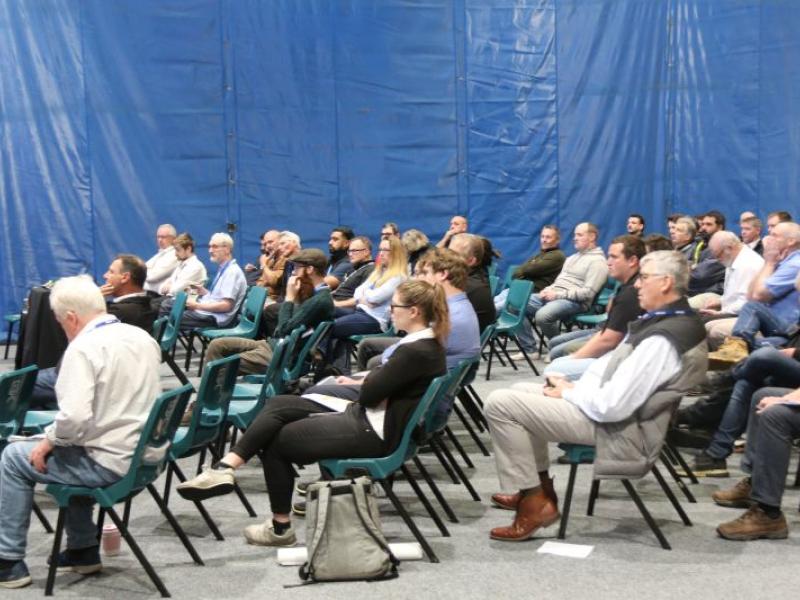The new SW1 remote monitoring module is solar powered using a tiny built in solar panel, so it requires no additional connections to power, and has no specialist set up requirements, other than requiring a clear view of the sky. It uses the low-cost Swarm satellite constellation, which provides 100 per cent global coverage, meaning users can now benefit from remote monitoring in environments where it was not previously possible due to the lack of mobile phone coverage, such as remote highways, pipelines and offshore installations.
“Currently, 90 per cent of the Earth’s surface is not covered by mobile phone connectivity, leaving satellite connectivity as the only option for galvanic CP installations in these unserved locations,” explained David Celine, manging director of Omniflex. “Until recently, implementing satellite-based solutions was extremely time-consuming and resource-intensive because you needed to purchase modems, deploy engineers to install and integrate systems and go through extensive validation processes. However, the SW1 module changes this with is an off-the-shelf product that you can plug in and have up and running in minutes, without the need for specialist installation or configuration skills.
“Generally, previous satellite-based monitoring solutions required much larger systems, more power and were not well suited to the IoT environment. The SW1 module changes that, providing affordable, global IoT-focused satellite connectivity for CP installations in remote locations without the need for satellite dishes or special setup.”
A recent case study of the SW1 has been its deployment for the monitoring of a galvanic cathodic protection installation of a steel culvert under a highway in Far North Queensland, Australia. In this application, the SW1 is combined with Omniflex’s iGAL galvanic CP system to enable asset managers to monitor the protection of the steel culvert without the need to physically visit the remote site to conduct costly and time-consuming CP testing, which could all be done remotely..
“Having no mobile connectivity and no power supply available for remote monitoring systems is a common problem for galvanic CP installations globally, particularly for industrial pipelines in remote locations. This is why we designed the SW1 module, to help asset managers who otherwise had to rely on costly, disruptive site inspections by making remote monitoring a more viable option for their CP installations,” concluded Celine.
To learn more about implementing IoT-focussed satellite-based remote monitoring technology for galvanic CP installations in remote locations, get in touch with Omniflex Australia on +61 (2) 8090 2144 or email aussales@omniflex.com.






